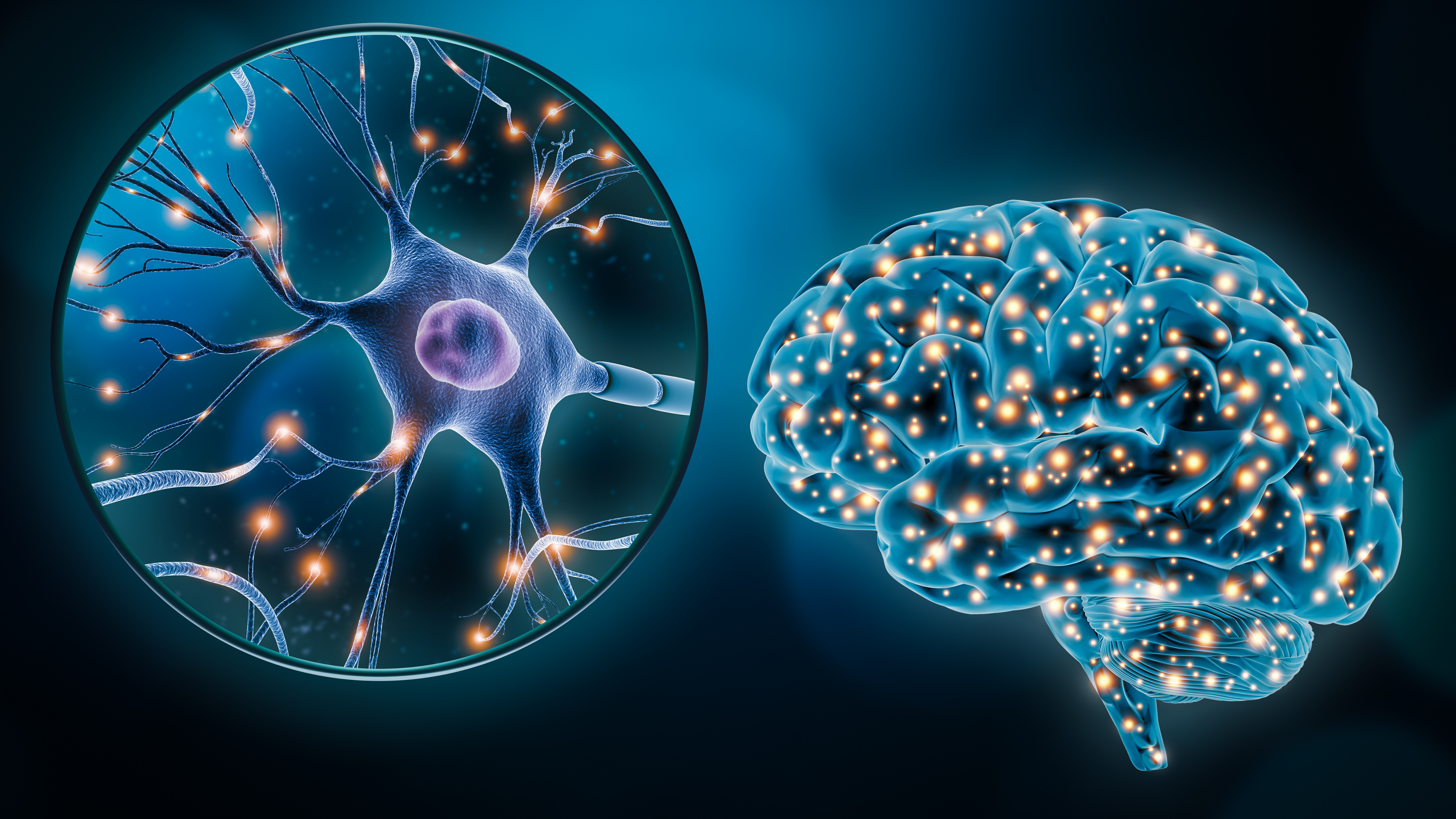What are Cognitive Schemas?
Think of them as mental frameworks that help us process, organise, and store the influx of information we encounter daily. As a concept, they have roots in psychological theory that traces back to the pioneering work of theorists like Jean Piaget and Erik Erikson. Piaget viewed schemas as foundational elements in cognitive development, governing how we learn and adapt. Erikson expanded on this view, incorporating social and emotional dimensions. He highlighted that schemas are not purely cognitive but also shaped by social interactions and experiences. It's important to note that cognitive schemas are interconnected with various aspects of cognitive development and are important at all stages. Our earlier exploration of object permanence serves as a practical example of how schemas underpin even the most fundamental cognitive functions.Formation and Evolution of Schemas
Understanding how schemas form and evolve is essential for educators aiming to facilitate cognitive growth. The process is a dynamic one and involves three primary mechanisms: assimilation, accommodation, and equilibration.- Assimilation
- Accommodation
- Equilibration
How Schemas Aid Learning
By helping us to understand, organise, and store new information, schemas play a very crucial role in learning. They are at play whenever an individual learns something new, helping to direct the knowledge and fit it into their current understanding of the world. There are two key concepts intersecting with schemas that help to further explain the importance of schemas in learning. These are Cognitive Load Theory and the activation of prior knowledge and schemas. Cognitive Load Theory posits that our working memory is limited, and schemas help manage this load effectively. Grouping related items into schemas allows learners to process complex information more efficiently, freeing up cognitive resources (essentially, brain space!) for other tasks. Prior knowledge and schema activation are equally critical. A well-structured schema can be called into play when a learner encounters related new information. For instance, a student with a solid schema around mathematical operations will more easily grasp algebraic concepts. Activating prior schemas allows for more robust and meaningful learning experiences. Learning efficiency largely depends on how effectively educators help students activate and build upon their existing schemas.Using Schemas in Education
A foundational understanding of cognitive schemas is a practical tool for educators. The knowledge can enhance teaching methodologies, making lessons more impactful and tailored to students' cognitive development. Teaching informed by schemas can improve comprehension and retention.Practical Examples of (And Strategies For) Schema-Based Teaching
- Connecting to prior knowledge
- Using analogies and metaphors
- Storytelling
- Visual learning
- Questioning techniques
- Collaborative discussions
Challenges and Limitations
While cognitive schemas play a pivotal role in the learning process, it's crucial to approach them with a balanced perspective. Over-reliance on—or misinterpretation of—schemas can have pitfalls in educational contexts. Potential drawbacks of a heavy schema focus include:- Over-simplification
- Reinforcing stereotypes
- Hindering critical thinking
Areas for Further Research
Culturally sensitive teaching practices are important. More research is needed on how schemas form and evolve across different cultural contexts (existing studies often refer to these as cultural schemas) and their impact on the learning experience. Additionally, there is much to be further understood about how schemas interact with other cognitive processes such as metacognition—how conscious is the assimilation of information into schemas or the creation of new ones? The long-term results of schema-based teaching on students’ academic and real-world problem-solving abilities are not clear, and this is an area that could provide valuable insight and direction.In summary
Schemas are our mental constructs, underpinning the way we learn. It’s clear that they are foundational in learning! Everything we take in is organised and stored according to what we already know about the world. For educators, the power of schemas can bolster teaching strategies, encouraging faster and deeper comprehension as well as increased retention as information is “filed” within existing or new schemas. Teachers should approach them judiciously, understanding both their merits and limitations. For more learning about cognitive development and other crucial topics for teachers, take a look at our array of continual professional development courses.Recommended Reading & Resources:
- Mind in Society: The Development of Higher Psychological Processes by L. S. Vygotsky - A look at sociocultural theory, demonstrating how social interactions influence cognitive development.
- The Construction of Reality in the Child by Jean Piaget - An insightful look into Piaget’s findings on how children construct their understanding of the world.
- The Evolving Self by Robert Kegan - An exploration of the journey of the self and cognitive development throughout life.
- Educational Psychology: Developing Learners by Jeanne Ellis Ormrod - A holistic guide that integrates cognitive schemas into broader educational psychology.
- The Power of Mindful Learning by Ellen J. Langer - An interesting take on cognitive flexibility and its implications for learning.

